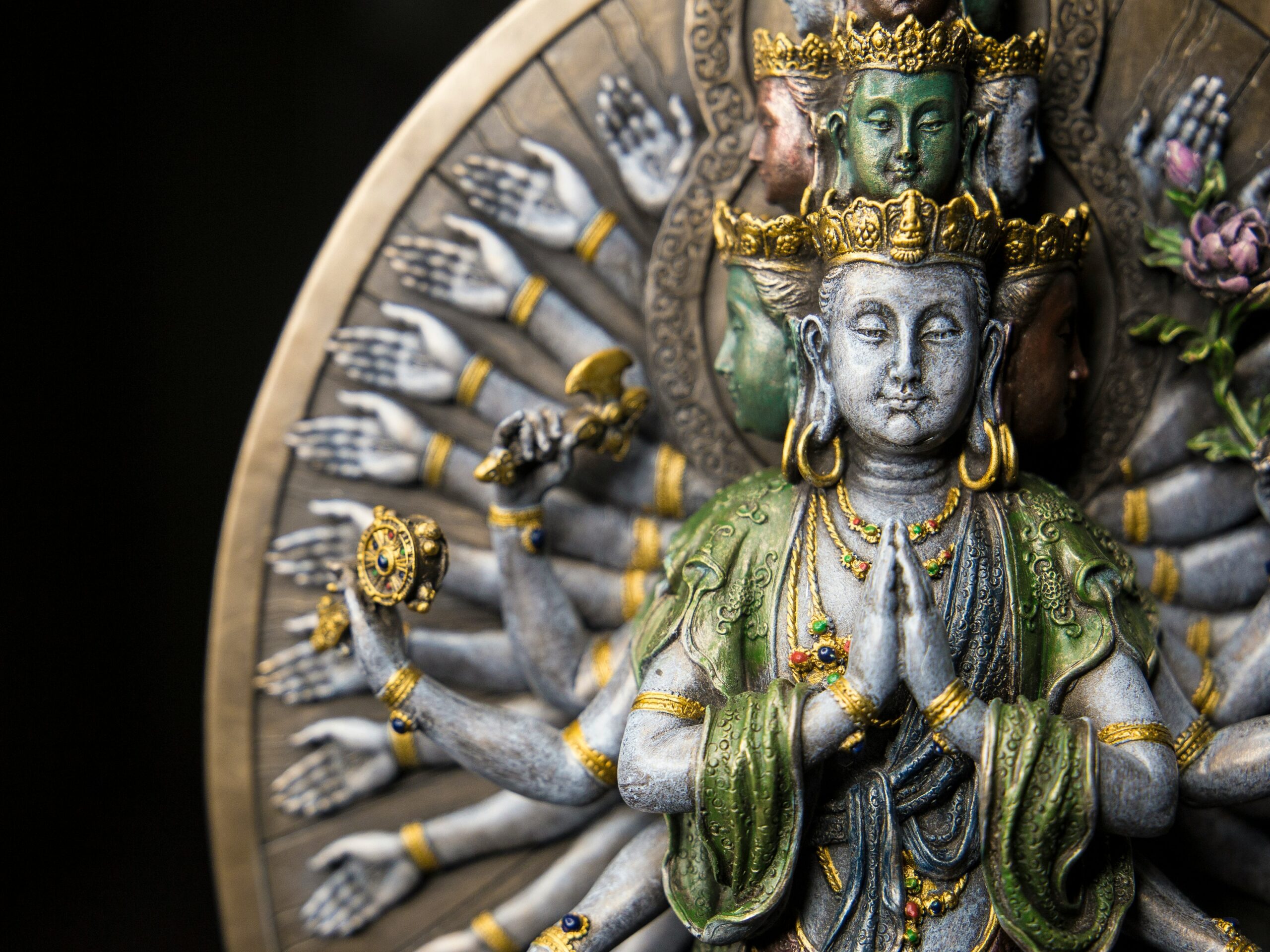
The Jewel in the Lotus
In this retreat, Ken McLeod guides participants through the full arc of Chenrezi practice, from foundational principles to the subtle refinements of visualization and mantra. Combining ritual, story, and direct instruction, he brings Vajrayana to life as a path for uncovering the lived experience of awakened compassion in every aspect of being.
-
1. Breaking the Image: A Gateway to Vajrayana
Ken opens this five-day retreat with a Sufi tale that illustrates the heart of Vajrayana: breaking through conditioning to access the boundless wealth of awareness. “This is exactly what awareness is. It’s an infinite source of richness, which doesn’t even have the possibility of being depleted.” Topics covered include transformation and self-releasing, the role of sorcery in spiritual practice, and approaches to teaching Vajrayana in a clear and contemporary way.
-
2. Don’t Mess with Experience
Ken introduces the core of Vajrayana meditation as a practice of resting in experience without interference. “All experience is just what it is, and if you don’t mess with it, everything’s fine.” Drawing on the Short Vajradhara Prayer, he discusses self-releasing attention, the importance of lineage, and deity practice as a method to realize the result from the start. Topics covered include mahamudra and dzogchen principles, devotion, and the challenge of being awakened compassion in everyday life.
-
3. Creating Conditions for Experience to Release Naturally
Ken explores how the transformation of perception begins by identifying as awakened compassion and holding that perspective in every experience. “By holding being awakened compassion, you actually create the conditions in which your reactive material can release naturally.” He contrasts Sutrayana and Vajrayana approaches, refines the language around purification, and illustrates how deity meditation rewires perception through intentional engagement. Topics covered include the three seals, refinement vs. purification, and the practical function of yidam practice.
-
4. The Sound of Compassion
Ken expands the retreat’s focus with the introduction of mantra as a practical support for sustaining the experience of awakened compassion. “By holding being awakened compassion, you actually create the conditions in which your reactive material can release naturally.” He explains the role of mantra in transforming perception, clarifies its symbolic power, and encourages reflection on compassion in everyday dilemmas. Topics covered include broken compassion, the energetic function of om mani padme hūm, and the role of sound in spiritual transformation.
-
5. Uncovering Direct Knowing
Ken invites participants into a more intimate experience of being awakened compassion by exploring the energetic, symbolic, and emotional dimensions of Chenrezi practice. “You might say that one way we progress in our practice is, we learn more and more of what we are not. It’s not clear that we ever know what we are, but we learn more and more of what we are not.” He offers a rich description of form, radiance, fearlessness, and symbolic detail to support deeper connection. Topics covered include direct knowing, the four immeasurables, the union of compassion and emptiness, and the real-life expression of compassion in difficult circumstances.
-
6. Feeling the Form of Compassion
Ken opens this session with a story about surrender and transformation, then turns to visualization, reframing it as a process of emotional and energetic embodiment. “Let your mind relax in the confidence that you are awakened compassion.” He explores the structure of tantra, the symbolic function of deity form, and the purpose of creation-phase practice as a means of rewriting personal identity. Topics covered include the emotional meaning of Chenrezi’s form, obstacles to visualization, and how this method undoes the stories we tell ourselves.
-
7. Nothing Can Alter Awakened Compassion
Ken addresses how to relate to strong emotions during meditation, reminding participants that awakened compassion is not affected by what arises. “The worst emotional disruption doesn’t alter that any more than the most violent tornado doesn’t alter the nature of the sky.” He explores how confidence in our true nature supports emotional clarity, outlines the structure of Vajrayana tantra, and describes how practice transforms identity through repetition and surrender. Topics covered include the four classes of tantra, the evolution of relationship to the deity, and emotional challenges in intensive practice.
-
8. The Ritual of Becoming
Ken offers a comprehensive guide to the Chenrezi empowerment ceremony, exploring its symbolic language, ritual structure, and transformative purpose. “Let your mind relax in the confidence that you are awakened compassion.” Drawing from Buddhist and Sufi traditions, he explains how ritual acts—when imbued with understanding—create the conditions for spiritual recognition. Topics covered include phases of empowerment, the function of offerings, types of ceremonies, and the role of generosity and emotional clarity in dissolving obscurations.
-
9. Becoming Awakened Compassion
Ken closes the retreat with a step-by-step teaching on the Chenrezi sadhana, emphasizing how each element—from refuge prayer to mantra recitation—serves the experience of awakened compassion. “The key—and the really only critical point here—is to keep coming back to the feeling ‘I am awakened compassion.’” Drawing on stories from the Sufi tradition and detailed ritual guidance, he helps participants adapt the practice to their own lives. Topics covered include the union of the awareness and commitment being, visualizations for transforming reactive energy, and living the practice in post-meditation experience.